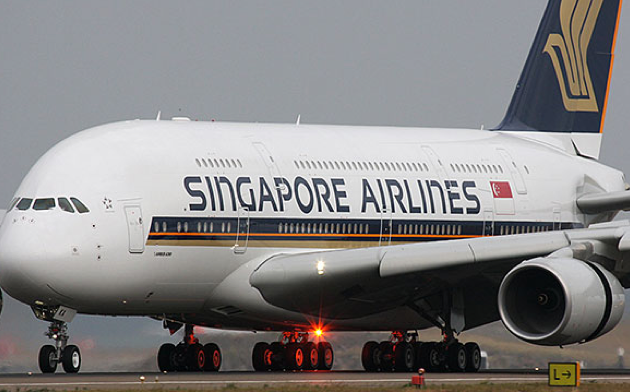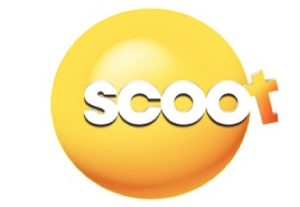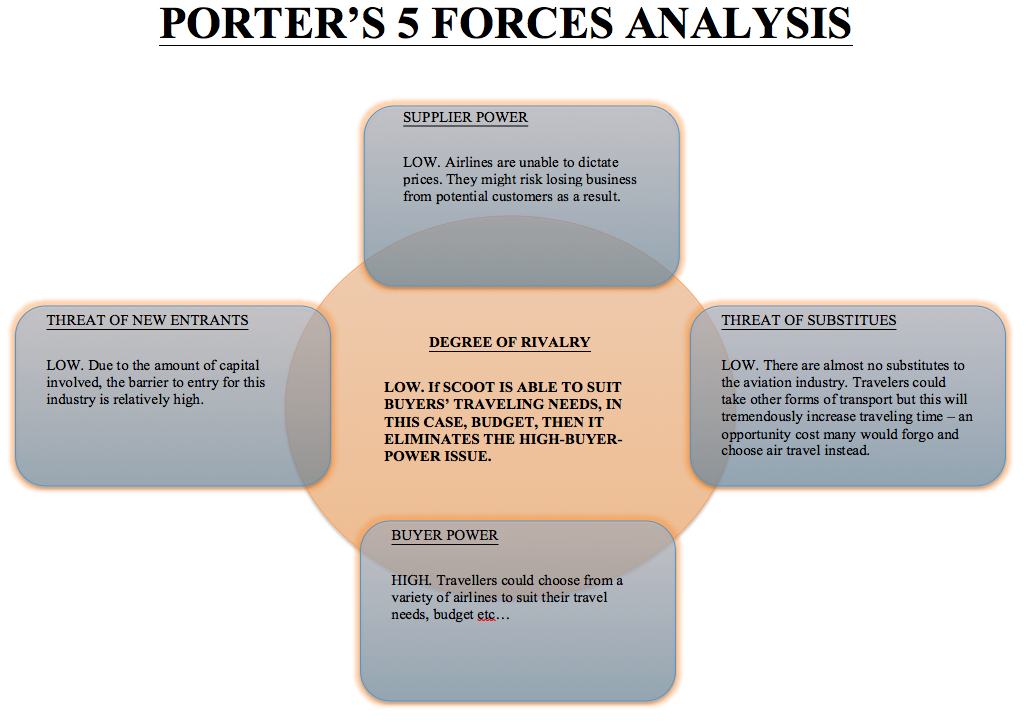 This post is yet another response to Xin Lu’s blog post title: The Success of iTunes.
This post is yet another response to Xin Lu’s blog post title: The Success of iTunes.
https://blogs.ubc.ca/xinlu/2011/11/
Without a doubt, the iTunes Store is one of the most innovative outcomes from IT giant – Apple Inc. The idea to sell music online offers the consumer an effortless and affordable solution to purchasing music and videos.
On top of being affordable (99 cents for a song and $9.99 for an album), and being legal, the iTunes Store makes purchasing music convenient. Imagine residing in Surrey or Delta and having to go to Downtown Vancouver every time a new album is released! The iTunes Store changes this inconvenience. All you need is a credit card and internet connection.
To add on to Xin Lu’s post, one of the iTunes Store’s strategy to remain viable is by allowing “hit” songs to be purchased with the entire album only. The consumer would be “forced” to spend $9.99 instead of 99cents. This would still be in the consumer’s favour nonetheless. The opportunity cost of traveling to a CD store would probably cost more than that already!
Photo:
http://www.findthatlogo.com/apple-logos









